Windsor Castle
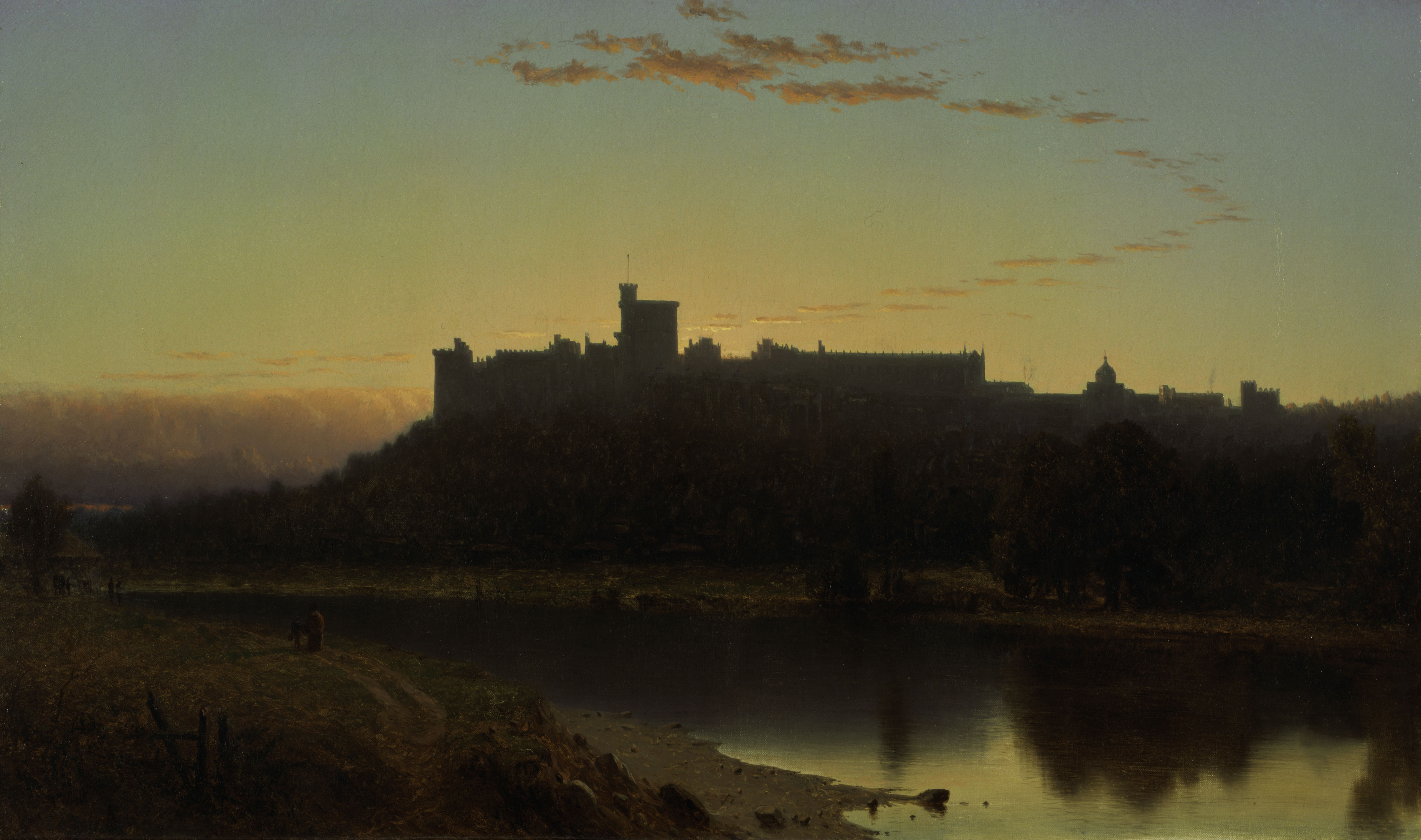
What does nobility represent to you?

What does nobility represent to you?
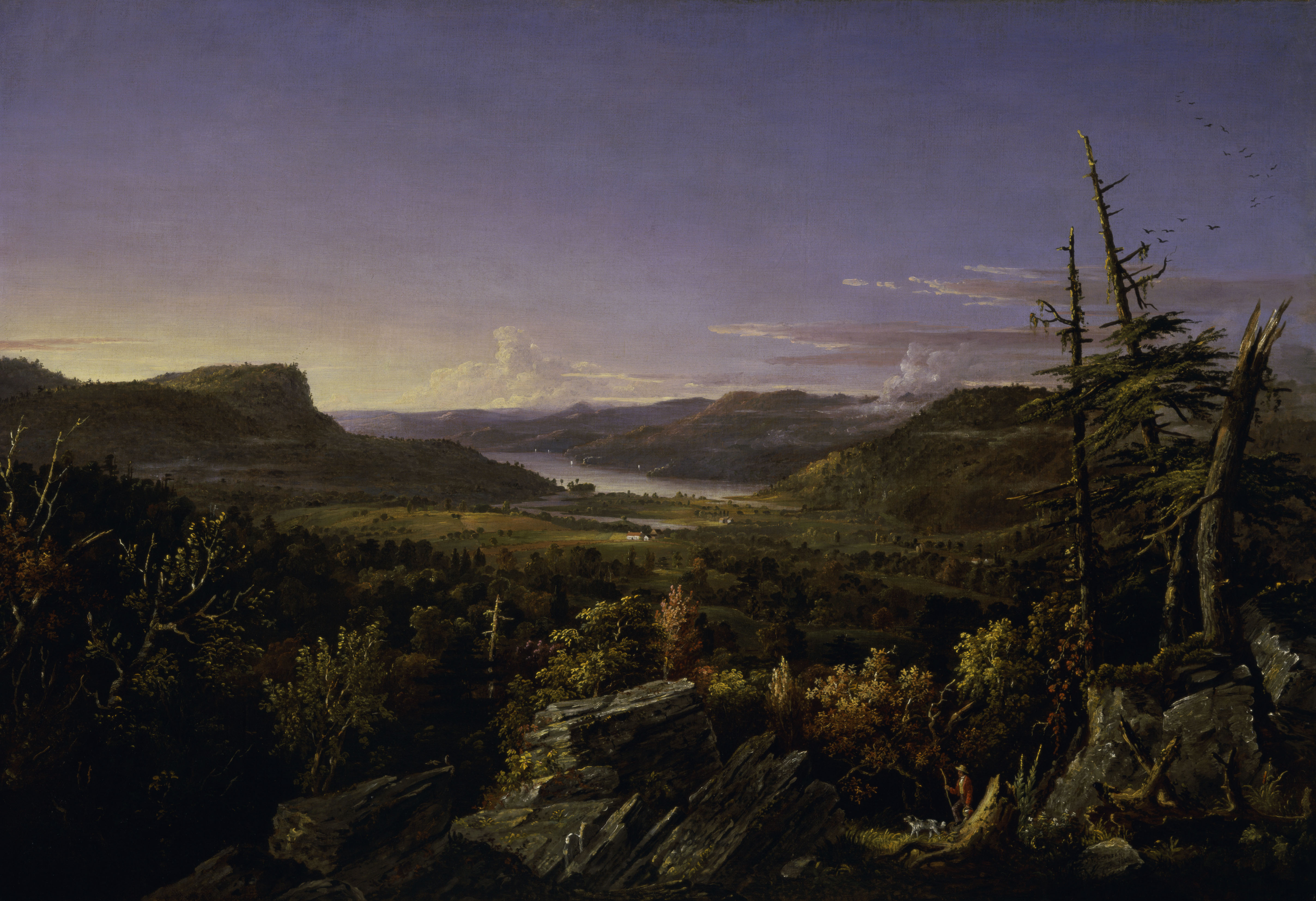
How does scale affect your view of this painting?
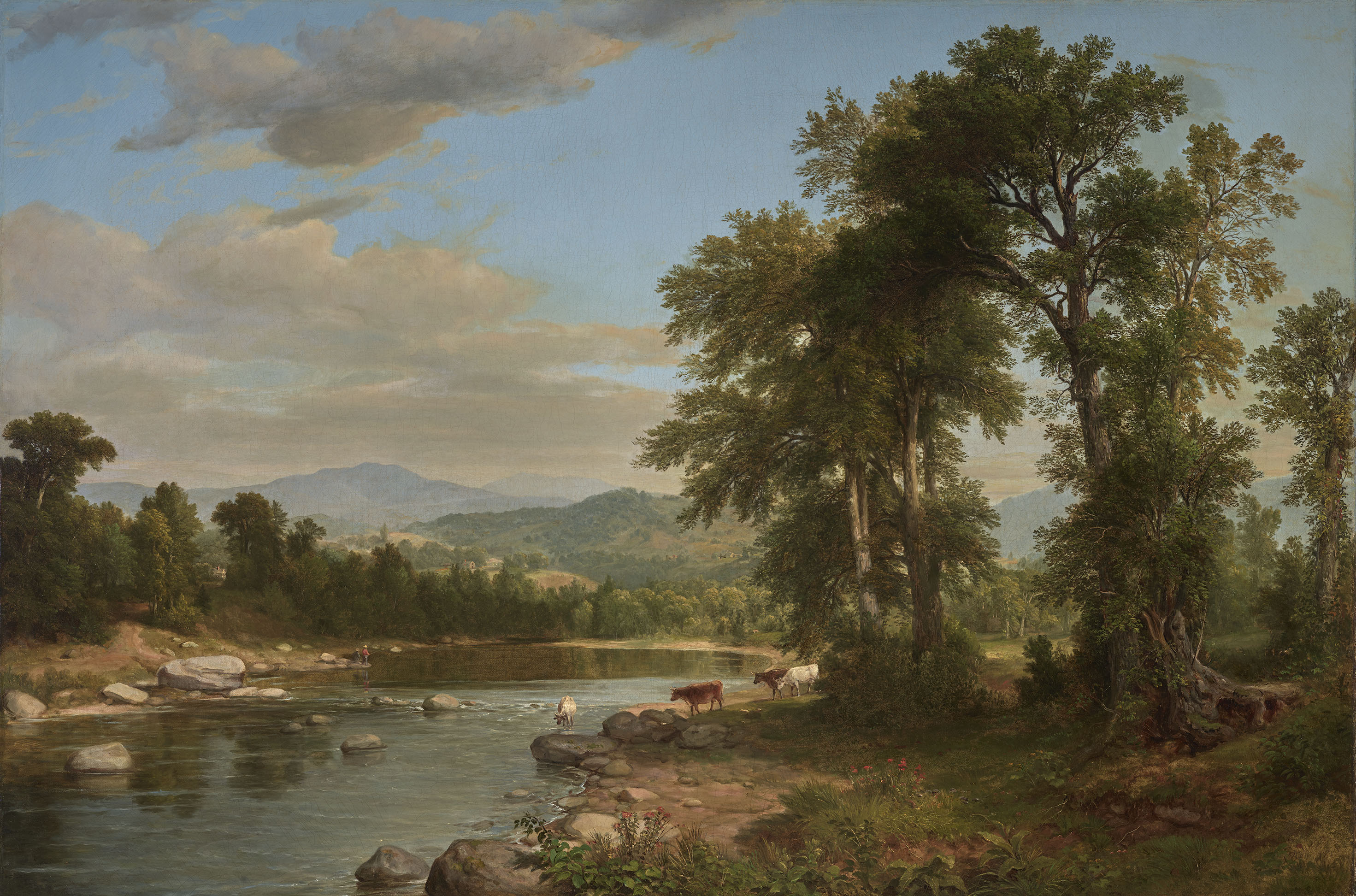
What does spirituality look like?
In his influential series of articles “Letters on Landscape Painting” (1855), Durand shared his view that a realistic depiction of nature could reveal spiritual qualities: “The humblest scenes of your successful labors will become hallowed ground to which, in memory at least, you will make many a joyous pilgrimage, and . . . in the fullness of your emotions, kiss the very earth that bore the print of your oft-repeated footsteps.”

What words can be used to describe light?
Gifford, who once described landscape painting as “air painting,” here captured the hazy atmosphere of a sunny afternoon in autumn, presenting us with a low, hilly landscape rolling beneath a pale and misty sky. This painting was inspired by a sketching trip the artist took in September 1862, when he spent about three weeks traveling with the artists Launt Thompson and Worthington Whittredge along the Housatonic River in western Connecticut and Massachusetts.
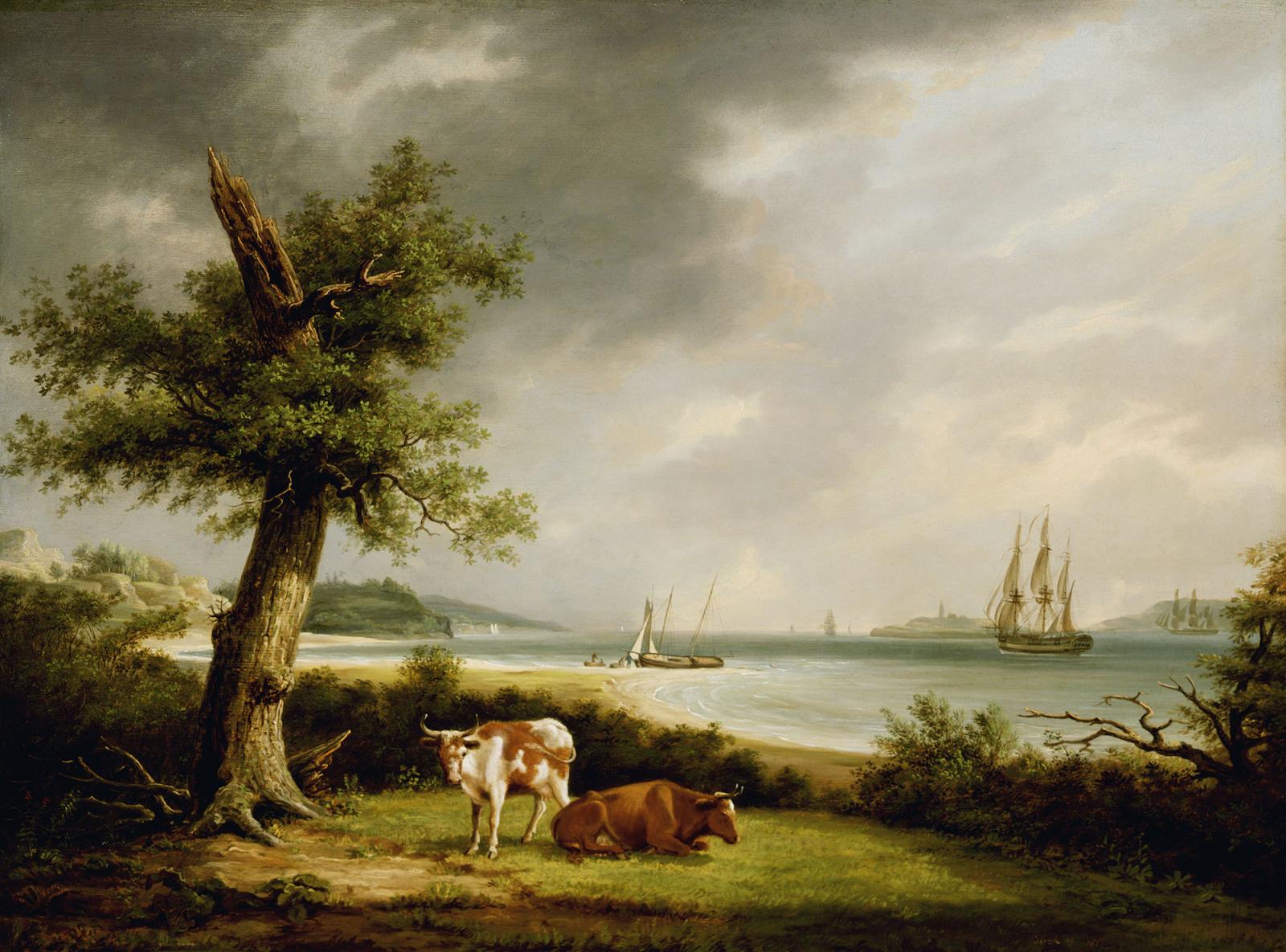
What is the impact of urbanization?
In 1836, the travel writer Nathaniel Parker Willis described the entrance to New York City’s harbor, praising “the bold shores, the bright green banks, the clustering woods, and tasteful villas, which make up the charms of this lovely strait.” In Birch’s painting of the area, close attention is paid to the natural details of the foreground and the region’s geography: in the foreground and to the left is Brooklyn, and to the right is Staten Island.
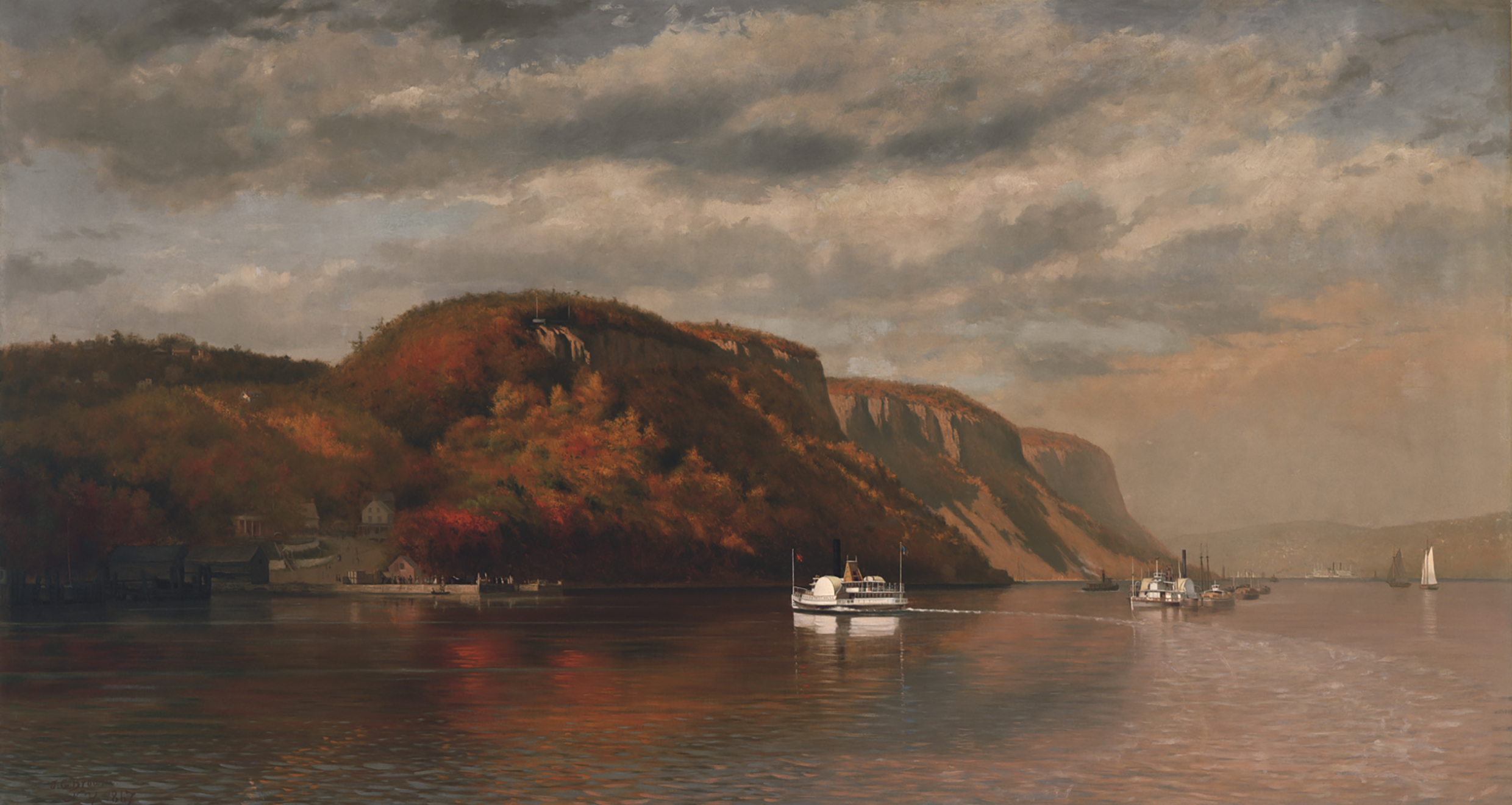
Is this river a place of tranquility or turbulence?
This painting depicts the Hudson River north of New York City looking toward the New Jersey side, where the water is flanked by high rocky cliffs known as the Palisades. The busy waterway is shown full of pleasure craft bringing visitors to the many tourist hotels, hiking trails, and picnic areas along the river. The Palisades appear to glow with autumn light, their tall cliffs casting shadows on the water and steamboats below.
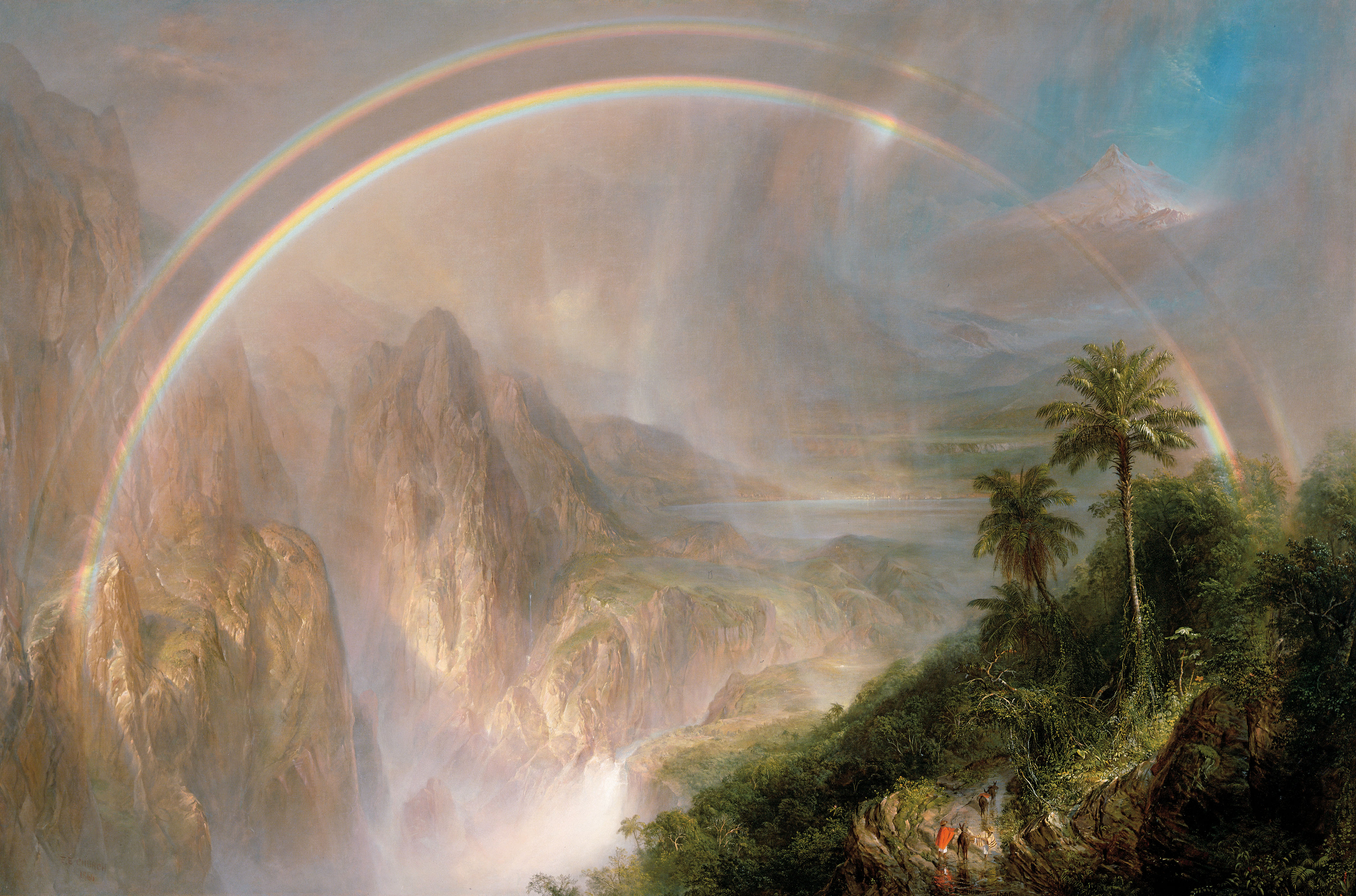
What does your eye encounter as it travels through this painting?
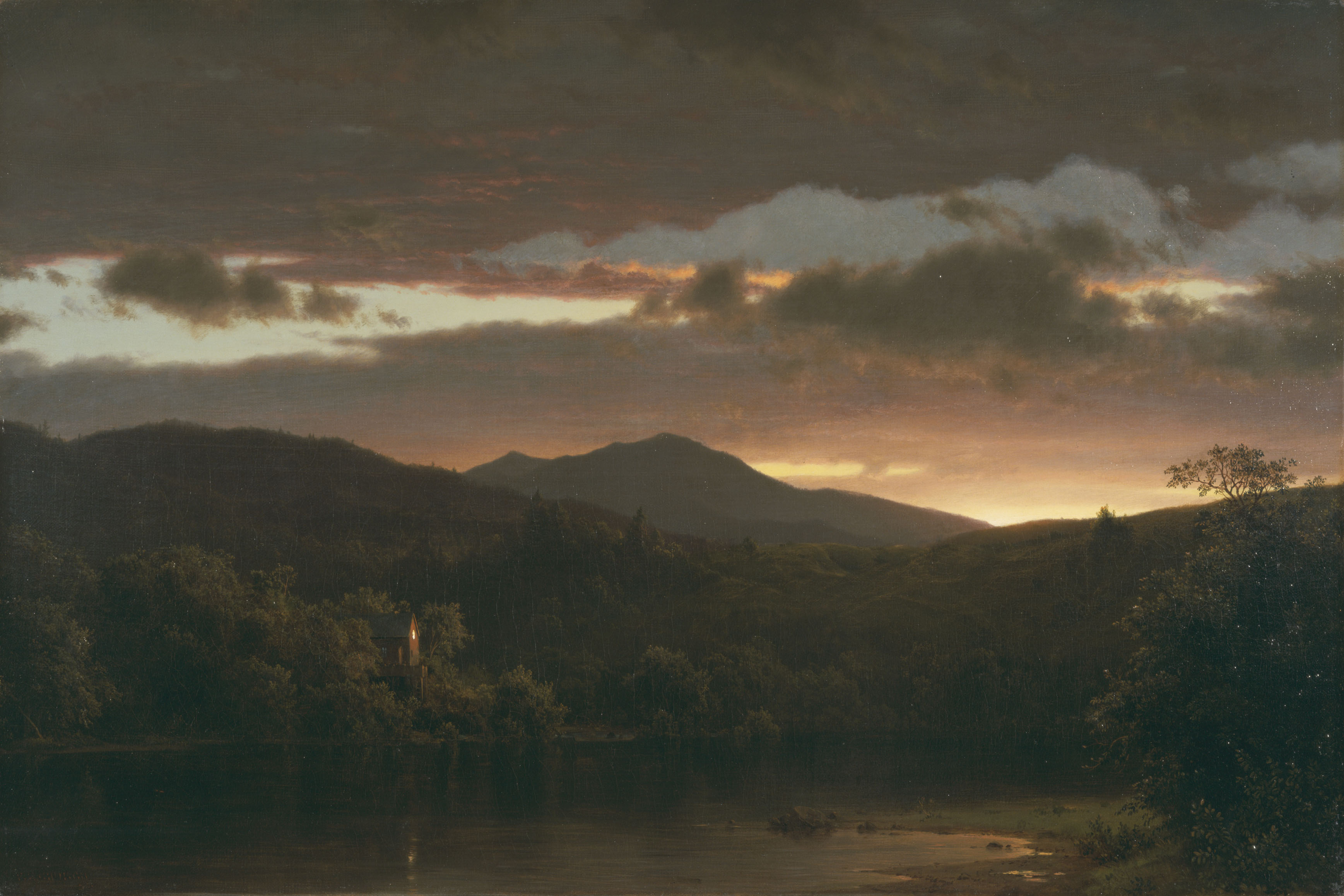
Does sunset look different from sunrise?
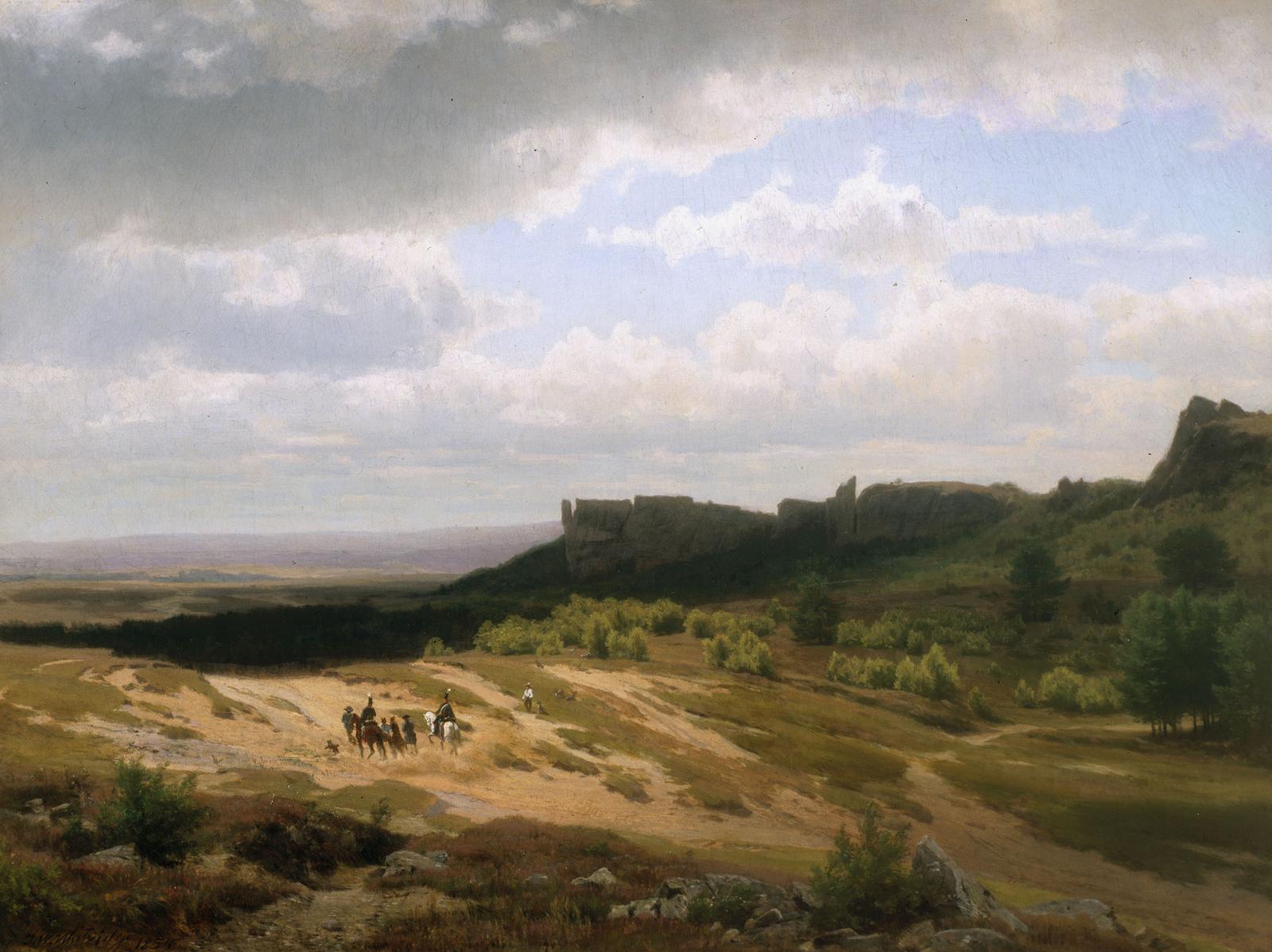
Where do you notice the vastness of the sky?
This landscape presents a view in the Harz Mountains, the northernmost range in Germany. Whittredge traveled there in the summer of 1852, accompanied by the German painter Karl Friedrich Lessing, a teacher at the Düsseldorf Academy. A late-summer sketching trip was part of a landscape painter’s life in Düsseldorf, and Whittredge participated in the ritual annually, making drawings of the local countryside.
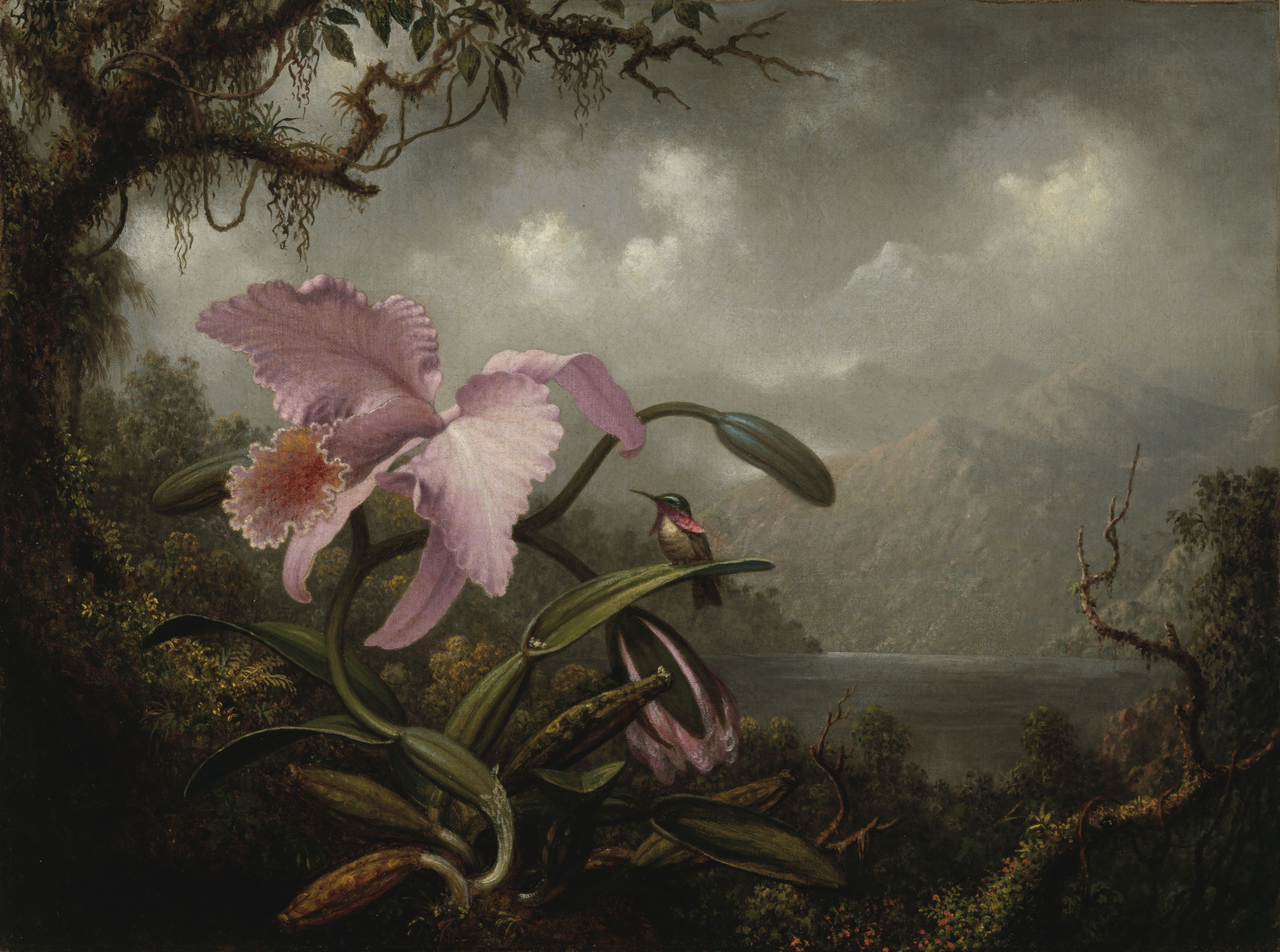
What can artists teach us about faraway places?